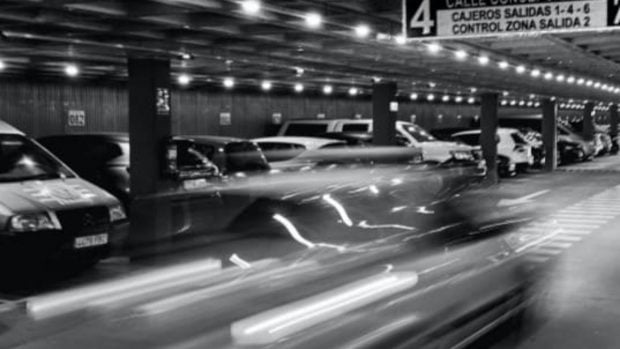Rethinking Mobility: Underground Parking, Key Elements of the City of Today (and the Future)
During this European Week of Cities, many forums are addressing current challenges relating to climate change, urban congestion and air quality.
It is increasingly difficult to talk about urban mobility without using the adjective “sustainable”. This concept not only focuses on the use of clean energy, but also encompasses a comprehensive approach towards a more efficient, accessible and environmentally friendly transport system.
What is sustainable mobility?
Sustainable mobility refers to the adoption of practices and technologies that seek to reduce the environmental impact of transport. This involves a shift towards transport modes that use renewable energy, such as electric vehicles, efficient public transport and non-motorised options such as walking or cycling.
This approach not only mitigates air pollution, but also addresses other problems arising from traditional transport systems, such as noise, road congestion and dependence on fossil fuels.
Sustainable mobility seeks to enable people to move efficiently and equitably, without compromising the well-being of future generations.
Underground parking: Key players in the cities of the future
Along these lines, we should ask ourselves whether infrastructures such as underground parking can be examples of sustainable mobility in the cities of the present and future.
I am not wholly impartial in this regard, since my work at iPark Estacionamientos y Servicios de Movilidad S.A. consists mainly of identifying, defining, building and managing underground or high-rise car parks.
Even though this is my profession, I cannot help but be convinced that underground car parks play a key role in sustainable mobility for many reasons.
And I am not the only person who thinks so, since 62% of Spaniards consider private cars to be key elements in their travels.

Ecological transition
These infrastructures fit perfectly into urban plans that promote the efficient use of space, the reduction of traffic congestion and the transition towards greener modes of transport.
To name a few of its benefits and impact on cities, underground parking allows urban space to be optimised, understanding how the use of underground infrastructure for parking vehicles allows valuable spaces to be freed up on public roads that can be used for other purposes, such as parks, cycle paths, pedestrian zones or public transport infrastructure.
Urban planning for well-being
In this manner, cities can allocate more areas for the public’s enjoyment, reducing the density of vehicles on public roads and promoting urban planning that is more oriented towards people’s well-being.
Furthermore, the construction of underground car parks at strategic points in cities, known as dissuasive car parks, such as near public transport stations or in peripheral areas, helps to relieve congestion in the city centre.
This type of parking encourages the use of other sustainable alternatives, such as leaving the vehicle in these car parks and continuing the journey by public transport, bicycle or on foot, thus reducing the need to travel by car within densely populated areas.
Fostering cleaner cities
This week, a particularly relevant topic is electric mobility. Underground car parks also play a crucial role in boosting this movement, as they have enormous potential to be equipped with charging points for electric vehicles (EVs).
The more charging points are available, the easier it will be to encourage the use of electric vehicles among citizens.
As the number of these vehicles grows in our cities, it is essential to have an accessible, efficient and well-distributed charging network.
Underground car parks are currently playing a key role in this process, serving as nerve centres for the transition towards cleaner and more sustainable mobility, aligned with European environmental goals of reducing urban pollution and environmental impact.

Reducing pollution
Another notable aspect of these constructions is their contribution to visual and noise pollution. By “hiding” vehicles in underground car parks, the presence of cars on the surface is reduced, improving the quality of the urban landscape and contributing to creating safer and friendlier environments for pedestrians. In addition, by reducing traffic and parking on congested streets, noise pollution levels are reduced.
Underground car parks also function as multimodal mobility nodes, as I highlighted earlier, where users can park their vehicles and have immediate access to other more sustainable forms of transport, such as bus stations, trams, trains or public bicycles.
This combined use of transport modes is also key in commuting, that is, regular trips from home to work, reducing dependence on private cars for long journeys within cities.
Complement to sustainable mobility
To the extent that underground car parks are included in a comprehensive urban development plan that prioritises active mobility and public transport, their presence is and will continue to be a valuable complement to sustainable mobility.
And it is not a question of discouraging the use of private cars, but rather of ensuring that they align themselves with policies that promote less polluting transport options.
Key tool
In summary, I believe underground car parks are a key tool in the transition towards more sustainable mobility, provided they are designed and implemented with a holistic vision that favours the use of cleaner and more efficient alternatives.
By freeing up surface space, reducing congestion and promoting the use of electric vehicles and other sustainable modes of transport, underground parking plays a positive role within the urban ecosystem.
Juan Manuel Mogarra, CEO of iPark Parking




